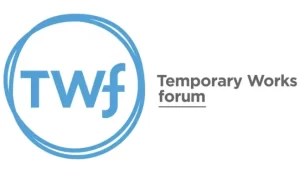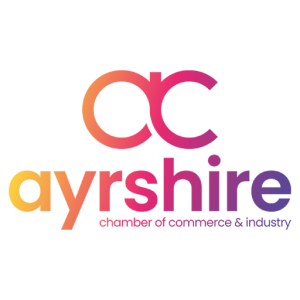There has been a worrying trend over the last three years with regard to professional indemnity insurance premiums.
Consultants across the board have been reporting these trends and the picture is a concerning one.
Ever since the Grenfell tragedy, the insurance market as a whole has gone through a lot of change.
This hardening of the market has impacted the consulting sector and will be the cause of small consulting firms leaving the sector.
Why is this happening?
A number of SME business leaders in the Temporary Works design sector have highlighted four-fold increases in annual premiums.
In some instances, these premiums are now greater than 5% of company turnover.
This puts major pressure on profit margins.
If premiums increase next year, it may not be feasible to remain in business without significant increases in design fees.
If this happens and consultants increase their fees, how can they expect to win design work in competitive tenders?
Is the Temporary Works sector simply being branded with the failures of the wider construction industry?
Does the insurance industry understand temporary consultants and the levels of risk that we take on projects or the level of risk we absorb for potential failures?
Contractors are asking for higher levels of PI insurance without knowing if that level of cover is proportional to the risk.
We have been informed that insurers have been telling contractors they will reduce their premiums if their supply chains can provide more cover.
This has led to the increase in PI limit requests during the design tender process.
However, not all construction failures are related to design failures.
These can be caused by:
With this being the case, should we as consultants pay for these failures in our premiums?
How will SMEs continue to operate with an increasingly significant percentage of turnover being utilised on insurance overheads. With profit margins tightening, how long can this trend continue?
Here at AWD we hope to see others in the sector coming together on this issue.
Some key questions need to be addressed, for example:
What’s next for our market? Is it just a case of riding out this current cycle until the insurance market softens?
If something is done now, we might just manage to save jobs and businesses!









